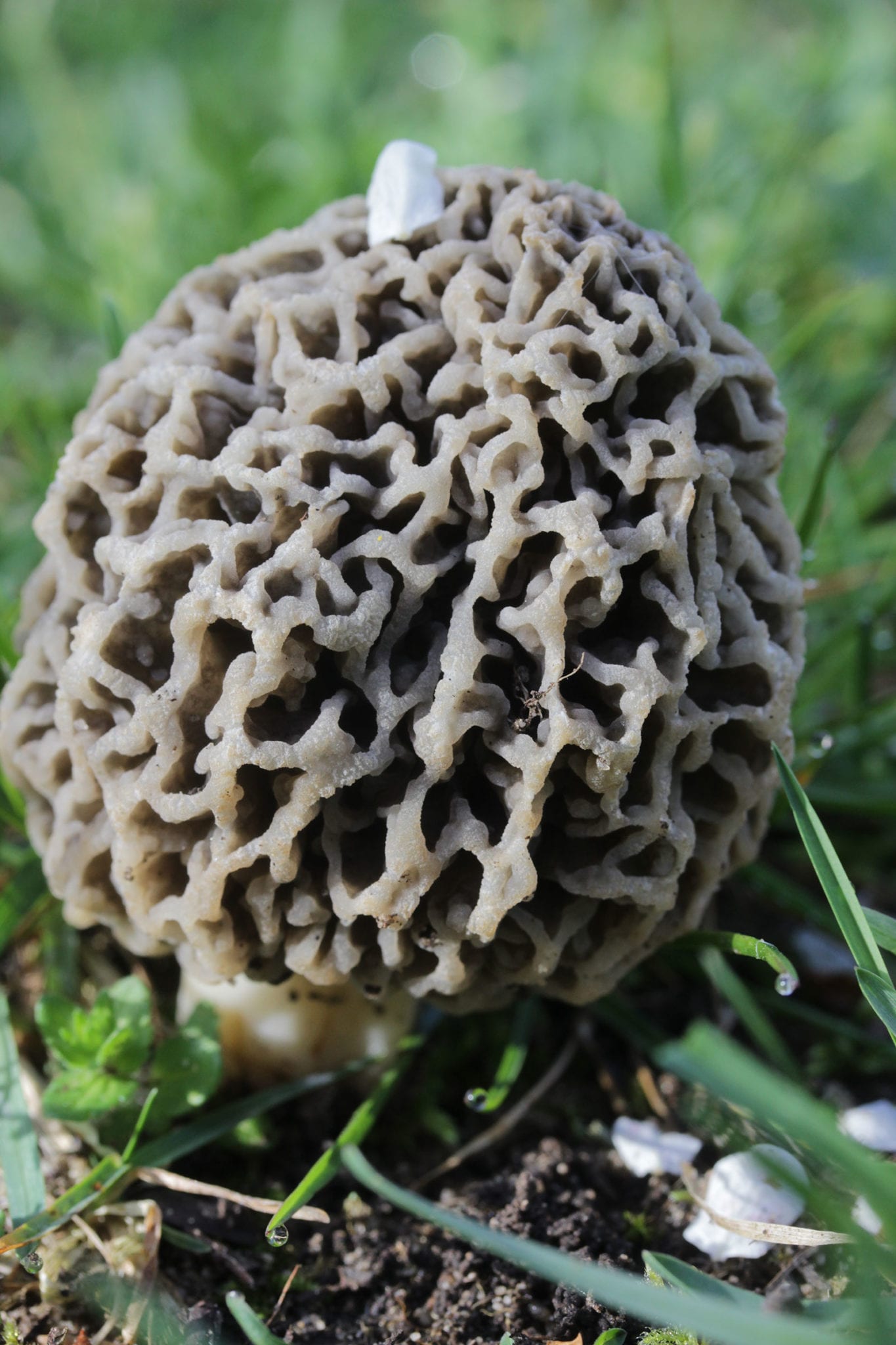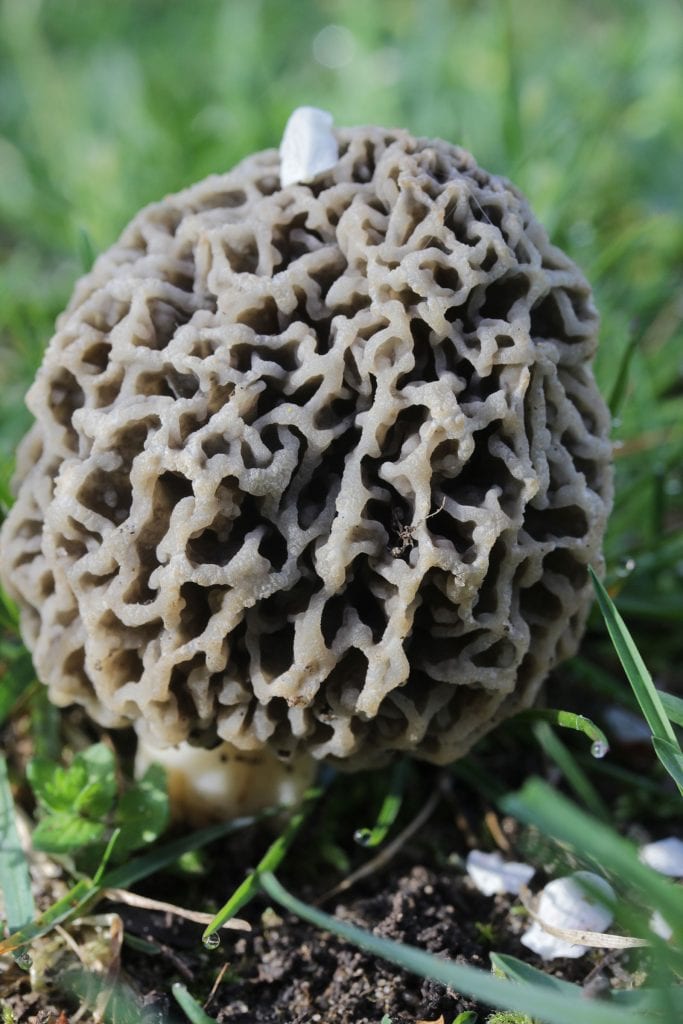Physical Address
304 North Cardinal St.
Dorchester Center, MA 02124
Physical Address
304 North Cardinal St.
Dorchester Center, MA 02124




This title is a bit of a teaser. It turns out, much to the disparity of many long term morel foragers, that the gray mushroom is a myth. This isn’t to say there are not morels that are gray. There are black and yellow morel mushrooms that look gray at certain stages of growth and this is where the confusion lies.
This all came to light in 2012 during Morel Data Collection Project spearheaded by Michael Kuo and associates. Their results showed no DNA evidence to prove that gray morels were a separate species. Instead, morels found in eastern and Midwestern areas of the US turned out to be M.americana in its immature form with yellowish ridges and gray pits. In the western US, foragers often referred to another morel as gray morel and this turned out to be M.tomentosa which is a burn-site black morel that looks gray or grayish blonde during certain growth stages.
Identifying mushrooms is always an interesting endeavor. There have been a lot of changes to the classifications of North American mushrooms as DNA testing becomes more prevalent. When Europeans came to this land, they named everything based on what they had seen in their home country. In many situations, this made sense because the mushrooms in question looked exactly like the ones they’d seen in Europe. Up until recently, it was assumed that many morel mushrooms were the same as their European counterparts because there were no physical differences. Now, though, we are finding that even those mushrooms that look like replicas are in fact quite different, and in some cases entirely different species altogether. The natural world does like to keep us on our toes!
It can be hard for long-term foragers change how they refer to something they have been collecting for decades. But in light of the new DNA testing and discoveries, it is time to start putting aside the idea of gray morel and accepting them for what they are. New discoveries are always a lot of fun and undeniably interesting, yet they almost always disrupt the status-quo, for better or worse.